
TIPS TO PREVENT THE EFFECTS OF SUN DAMAGED SKIN
The sun can cause a wide range of issues with your skin, ranging from dryness and discomfort to increased signs of aging and even skin cancer. When it comes to skin issues caused by the sun, an ounce of protection is worth a pound of cure. While the summer is winding down, the sun is still strong in many areas of the country. In addition, these tips will help keep you safe from sun damaged skin throughout the year, well into next summer and beyond.
SLATHER ON THE SUNSCREEN
You already know that you need to wear sunscreen before hitting the beach or spending the day outside at the peak of summer, but did you know that in order to receive the most benefit, you actually should wear sunscreen every day? This includes cloudy or overcast days, and it also includes throughout the fall, winter, and spring.
Just as important as putting on your sunscreen each morning is knowing how much to use and how frequently to reapply it. An adult should use a full ounce (or the equivalent of a shot glass full) of sunscreen for full-body protection. That’s the amount you should use if you are wearing a t-shirt or tank top and shorts or if you will be wearing a bathing suit.
Of course, you will use substantially less if you are only applying it to your face, neck, and hands on days you wear long sleeves and long pants with socks. On in-between days, be sure you’re covering all areas that will be exposed, including your ankles and arms.
Reapply sunscreen every two hours when you are outside. If you’re swimming or sweating (which is likely in the heat of the summer), you’ll want to be sure to choose a waterproof sunscreen and reapply it every 80 minutes or whatever it says on the bottle.
TIME YOUR OUTDOOR ACTIVITIES
During the warmer parts of the year, it is best to time your outdoor activities, so they do not coincide with when the sun is at its strongest. During most of the year, this will happen between 10 am and 4 pm, so try to get in your exercise earlier in the morning or after mid-afternoon.
Even if you are planning a day spent largely outdoors, there are some things you can do to minimize your time in the sun during those peak hours. For example, you might choose to have lunch indoors. You can also make sure that you are in a shady area, either under trees or under a porch roof or some other barrier.
COVER UP WITH CLOTHING
While sunscreen can help with a lot of the UVA and UVB rays, you should also cover up with clothing when possible. Darker clothing with a tight weave will give you the most protection against sun-damaged skin. Of course, darker clothing is also hotter than lighter-colored clothing, so you will need to balance your comfort with your safety.
If you can, wear long pants and long sleeves to protect your arms and legs. Full-coverage shoes are also better than sandals, but if you are wearing open footwear, be sure to apply sunscreen to your feet. That is a spot that will commonly become burned after a day in the sun.
DO NOT FORGET EYE PROTECTION
Protecting the delicate area around your eyes is important. Sunscreen is a must, but it’s also good to wear UV-resistant sunglasses. These come in a variety of shades, and even your regular prescription (non-tinted) glasses might have protection. When you purchase eyeglasses, be sure to ask the optician to add UV protection to your lenses.
This will not make a difference in the way that you see, but it will protect the skin around your eyes. You can also wear a hat with a wide brim to help protect your eyes and face. As a side benefit, a hat will also protect your scalp, which can be hard to keep covered, particularly if you have thin hair or wear it with a part that exposes a strip of your scalp.
BE CAREFUL WITH MEDICATIONS
Certain medications can cause sun-damaged skin to burn even more in the sun, even if you are normally not susceptible to sunburn. If you are given a prescription antibiotic, check the bottle or talk to your pharmacist to find out if it will affect how your skin reacts to the sun. Other medications that can make you more likely to burn include
- Chemotherapy
- Antidepressants
- Various blood pressure medications
- Various anti-inflammatory medications
If you are taking these medications, then it is more important than ever to stay out of the sun during peak times, cover up with clothing, and wear your SPF sunscreen religiously. Be aware that the effects of these medications can last longer than the amount of time you take them, so talk to your doctor or pharmacist to find out how long you should expect the tendency to burn to last.
TREAT SUN-DAMAGED SKIN EFFECTIVELY
If you do get a sunburn, you can treat it to prevent pain and to reduce swelling and scarring. Apply cool compresses to bring down any swelling. You can also take an over-the-counter pain reliever, such as ibuprofen or acetaminophen, to reduce pain. Anti-inflammatory medication (like ibuprofen) is better for the swelling, but only take it if you can do so safely.
Talk to your doctor first if you don’t regularly take these types of medications or if you have any health conditions like high blood pressure or stomach ulcers. You can rub on a gel made with aloe vera, which will cool off your burn and make it easier for you to get comfortable.
You can also use a damp black tea bag in small areas, as the tannins in the tea will help your burnt skin tissue settle down. If your burn blisters, don’t pick at them; just let them pop naturally. And even though the dry skin afterward will be itchy, resist the urge to peel it or to scratch. Instead, apply a moisturizer with aloe vera to keep it more comfortable until it heals.
Finally, if you have sun-damaged skin, do not go back into the sun until it is healed. Even if you apply sunscreen, that might not be enough to prevent further damage, and the last thing you want is a sunburn on top of your existing sunburn.
 None
None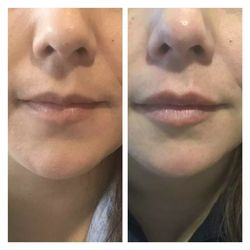 None
None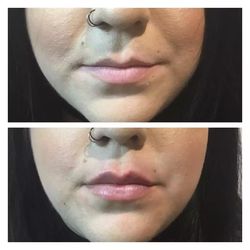 None
None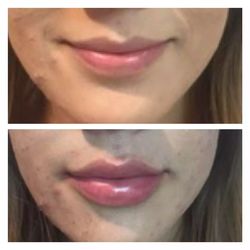 None
None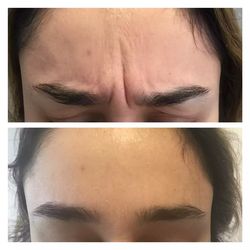 None
None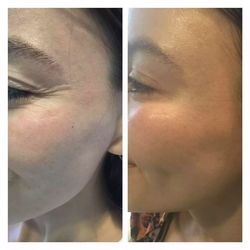 None
None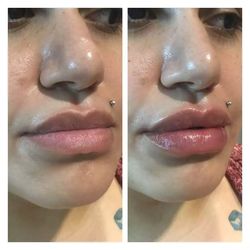 None
None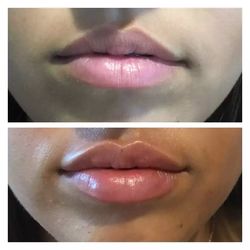 None
None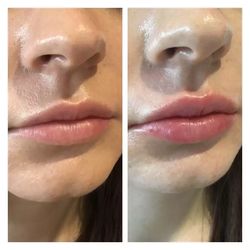 None
None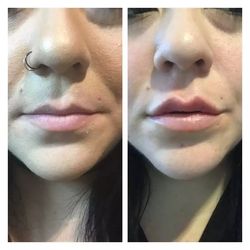 None
None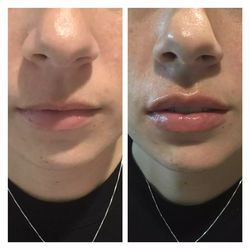 None
None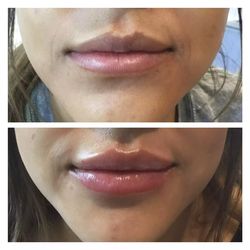 None
None None
None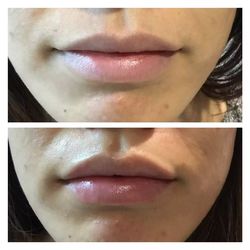 None
None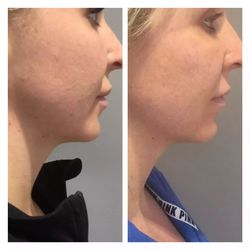 None
None None
None
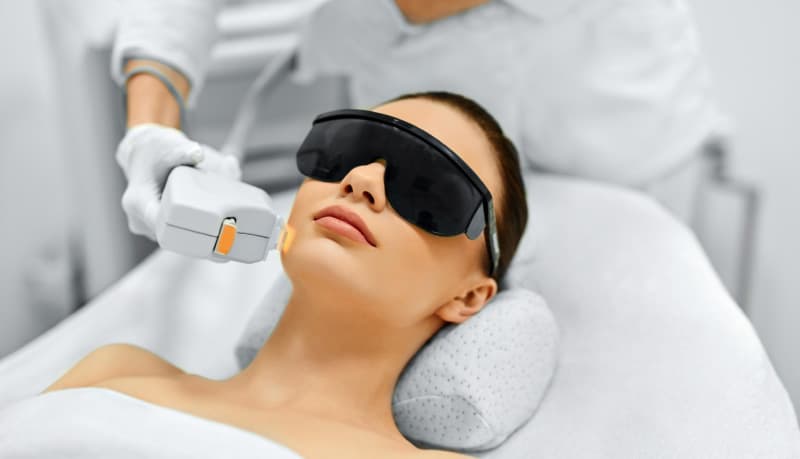




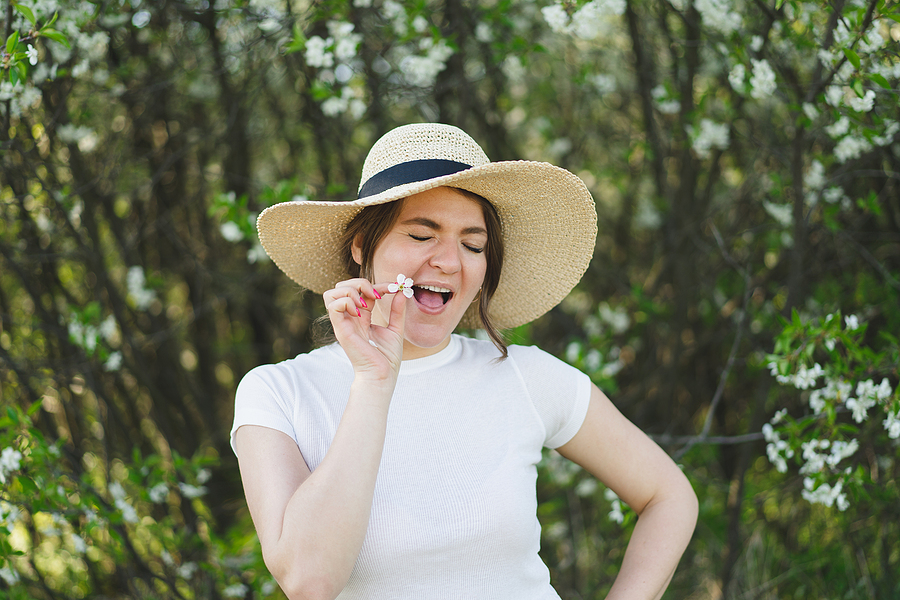




0 comments